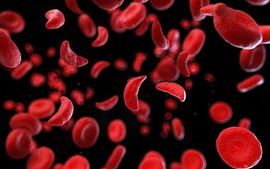- Published:
- 15 July 2024
- Author:
- Dr Hilary Longhurst
- Read time:
- 2 Mins
What is CRISPR-Cas?
CRISPR-Cas is a natural microbial defence system that cuts DNA. It works as precise molecular scissors that can cut a target DNA sequence. CRISPR stands for clustered regularly interspaced short palindromic repeats; Cas stands for CRISPR-associated protein. CRISPR-Cas systems are present in bacteria and archaea, functioning as an adaptive immune system to protect against viruses, from which the repeat sequences are derived – allowing the host cell a means of recognising viral invaders.
Jennifer Doudna and Emmanuelle Charpentier published a 2012 report in Science in which they demonstrated that the CRISPR-Cas9 bacterial immune system could be used as a gene-editing tool. They subsequently won the Nobel Prize in Chemistry in 2020 for their pioneering work.
The most well-known application for this system is genome editing. In this setting, the Cas9 nuclease complexed to a synthetic guide RNA is delivered into a cell. Then, the cell’s genome is cut in the targeted location, allowing either existing genes to be removed or new genes to be inserted.
Once the Cas9 nuclease has cut genomic DNA, repair of the break is undertaken by the cell’s natural repair processes. If there is an available genetic sequence, the cell fills in the missing pieces by a process known as homology-directed repair. If there is no available template, then the cell fixes the damage by sticking the ends of DNA together, a process known as non-homologous end joining (NHEJ), which is error prone and which can introduce frameshifts that silence selected genes.
In this issue of the Bulletin, you can find 2 examples of the applications of CRISPR-Cas9 in immunology and haematology:



